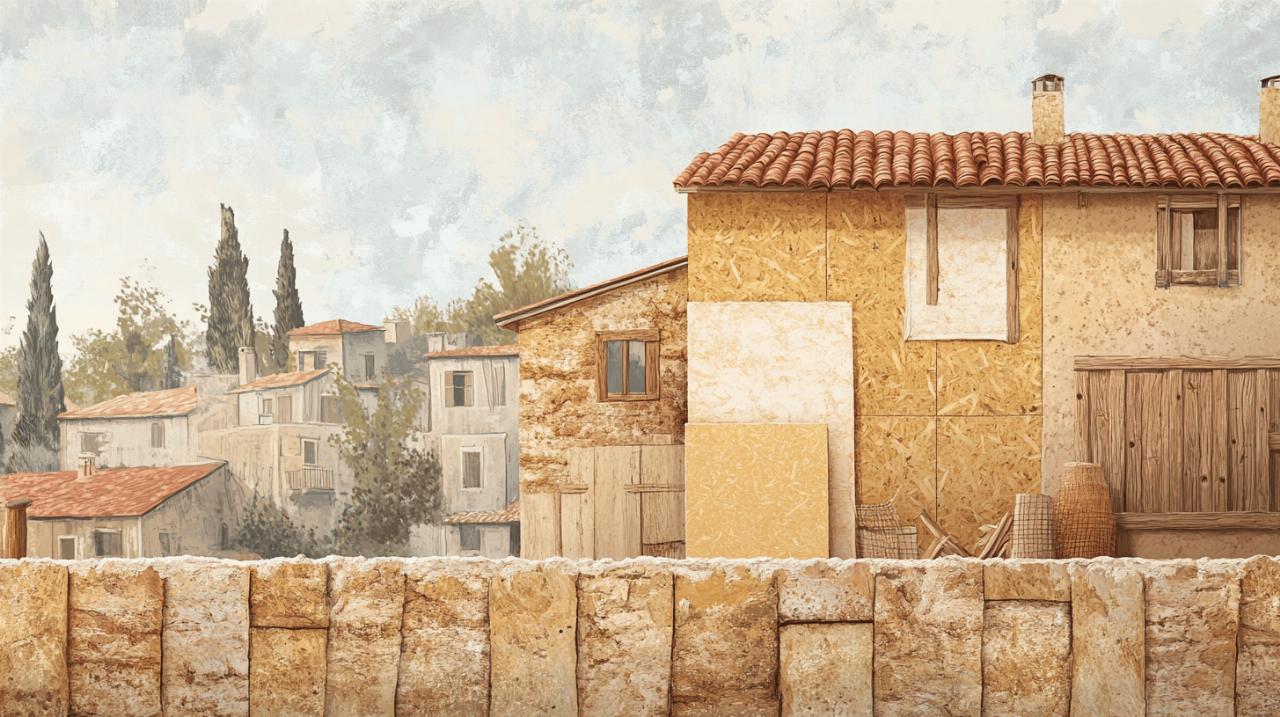Achieving optimal thermal insulation in buildings has become increasingly important for energy efficiency and comfort. By combining drywall (also known as plasterboard) with polystyrene insulation materials, property owners can significantly enhance the thermal performance of their structures. This approach not only reduces energy bills but also contributes to more environmentally friendly construction practices. Let’s explore the most effective techniques for maximising thermal efficiency using these versatile building materials.
Understanding Thermal Properties of Drywall and Polystyrene
Before diving into installation techniques, it’s essential to grasp how these materials work together to create an effective thermal barrier. The combination of drywall and polystyrene creates a composite system that delivers superior insulation performance compared to using either material alone. Many contractors and DIY enthusiasts source these materials from specialist suppliers like those featured on https://www.scuolaedilerimini.it/, which provides valuable information about building materials and techniques for thermal efficiency.
R-value and insulation effectiveness
The effectiveness of insulation is measured by its R-value, which indicates resistance to heat flow. Polystyrene insulation comes in two main varieties: Expanded Polystyrene (EPS) and Extruded Polystyrene (XPS). EPS offers flexibility and cost-effectiveness, making it suitable for many residential applications. XPS provides greater density and enhanced moisture resistance, making it ideal for areas prone to dampness. When integrated with plasterboard, these materials create insulated drywall panels with thermal conductivity ratings of 0.033W/mK or 0.038W/mK, depending on the specific product chosen. Higher R-values translate to better insulation performance, helping maintain comfortable indoor temperatures year-round.
Moisture resistance and vapour barriers
Effective thermal insulation must also address moisture control. XPS polystyrene offers superior moisture resistance compared to EPS, making it particularly valuable in bathrooms, kitchens, and external wall applications. When using insulated plasterboard systems, it’s crucial to consider whether additional vapour barriers are needed. Moisture-resistant plasterboard variants can be paired with polystyrene to create a more comprehensive solution for spaces with higher humidity levels. This combination helps prevent condensation within wall cavities, which can compromise insulation effectiveness and potentially lead to mould growth over time. Proper moisture management ensures the longevity and performance of your thermal insulation system.

Installation methods for maximum thermal efficiency
The installation approach significantly impacts the thermal performance of drywall and polystyrene combinations. Two primary methods dominate the industry: the ‘dot and dab’ technique and timber stud framing. Each has distinct advantages depending on the specific application and building requirements. The dot and dab method offers quicker installation but may present challenges in managing dampness, while timber stud framing allows for additional insulation and service integration but typically costs more. Regardless of the chosen method, proper preparation of surfaces is essential, ensuring they are dry, stable, and free from contaminants.
Proper layering techniques for walls
For wall applications, insulated plasterboard comes in various thicknesses, typically 22mm, 30mm, and 40mm, with standard widths of 1200mm. The thicker the insulation layer, the better the thermal performance. When installing on existing walls, the dot and dab method involves applying adhesive dabs to the wall surface before securing the insulated plasterboard panels. Alternatively, timber battens can be fixed to the wall to create a framework for attachment. This second method creates an additional air gap that further enhances insulation performance. For new construction, integrating insulated plasterboard with timber frame wall systems provides excellent thermal efficiency while meeting building regulations. The goal is to create a continuous insulation envelope without thermal bridges that would allow heat to escape.
Ceiling applications for reduced heat loss
Since heat rises, ceiling insulation plays a crucial role in thermal efficiency. When applying insulated plasterboard to ceilings, direct fixing or suspended systems can be employed depending on the ceiling structure. For loft conversions, insulated plasterboard can be fixed directly to rafters, transforming previously unusable spaces into comfortable living areas. The polystyrene backing provides the necessary thermal barrier while the plasterboard creates a smooth, finished surface ready for decoration. For flat ceilings, ensuring proper fixings specifically designed for insulation applications is vital to prevent sagging over time. Ceiling installations must also account for any recessed lighting or other ceiling-mounted fixtures, with appropriate detailing around these elements to maintain thermal integrity. Proper ceiling insulation can reduce heat loss by up to 25%, making it one of the most cost-effective improvements for overall building thermal performance.




